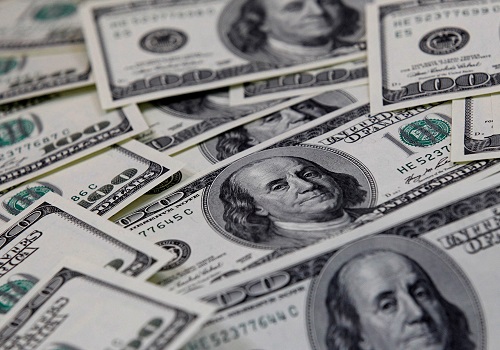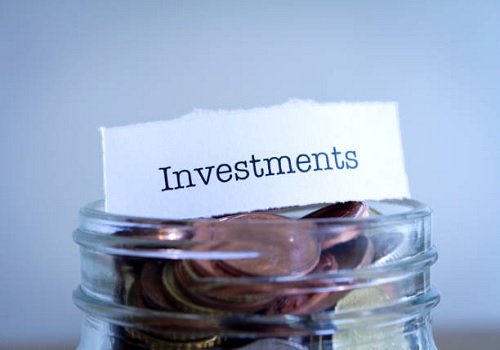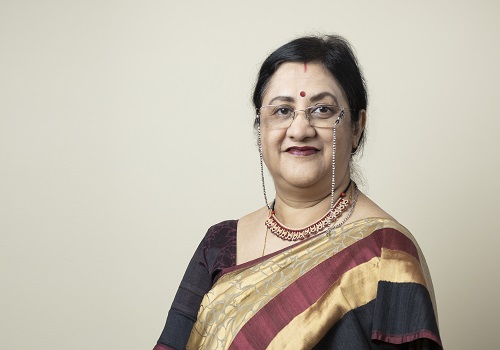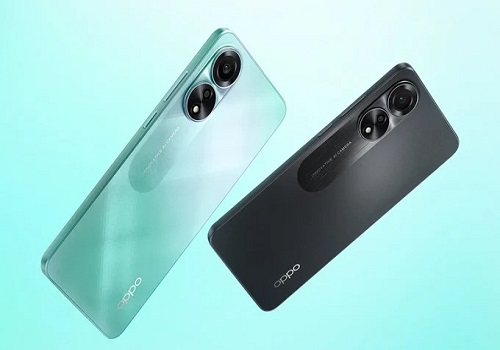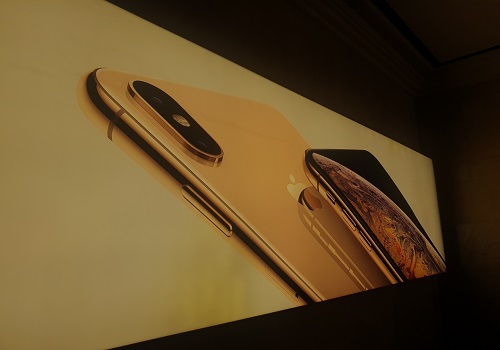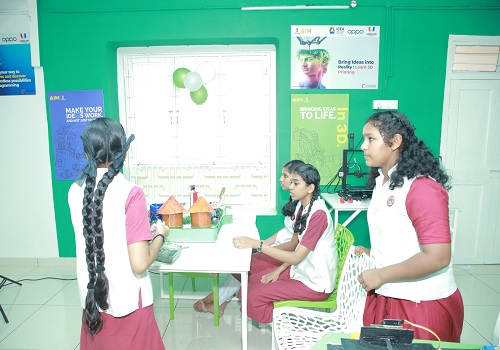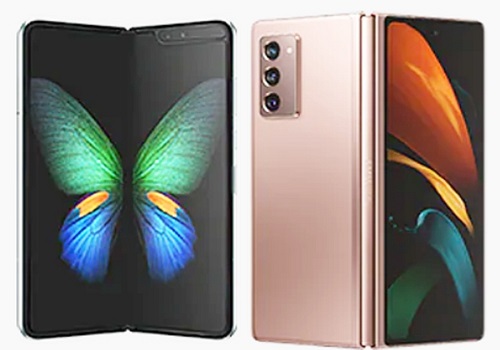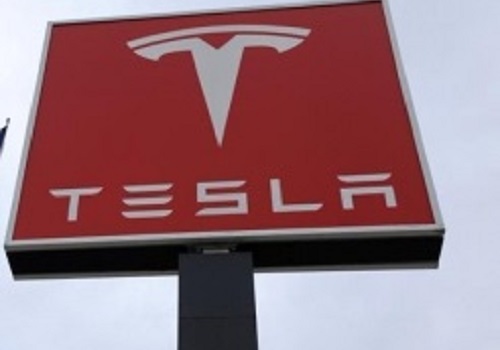Fast charging drives 80% of global smartphone sales in Q1: Report
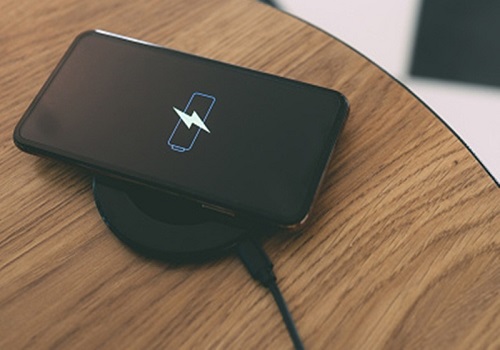
Follow us Now on Telegram ! Get daily 10 - 12 important updates on Business, Finance and Investment. Join our Telegram Channel
The sales of fast charging-based (over 10 watts) smartphones accounted for almost 80 per cent of the global smartphone market in the first quarter (Q2) of 2023, compared to 74 per cent in Q1 2022 and 29 per cent in Q1 2018, a new report showed on Thursday.
According to Counterpoint Research, the increasing adoption of fast charging-capable smartphones is attributed to growing smartphone usage and continuous advancements in hardware.
Chinese smartphone brands are leading this trend by introducing higher-wattage charging across different price points.
"Chinese brands are leveraging fast charging as a selling point to attract consumers. For instance, realme and Xiaomi offer smartphones with power capabilities exceeding 200W. Furthermore, Xiaomi and OPPO recently showcased smartphones with an impressive 300W fast charging capability. These brands aim to provide extremely fast charging speeds, enabling users to charge their phones within a few minutes," said Senior Analyst Karn Chauhan.
Moreover, the report mentioned that smartphone brands are focusing on making fast-charging technology affordable.
"Smartphone brands are embedding fast charging into their lower-priced models as a differentiating factor. While fast charging has already become a standard feature in the >$200 price segment, smartphone brands are now focusing on providing higher-power charging in this segment to achieve the fastest charging speeds," said Chauhan.
In Q1 2023, the average power for fast-charging smartphones globally reached 34W, compared to 30W in Q1 2022 and 18W in Q1 2018.
Smartphones with more than 30W of power can charge a completely depleted phone in about an hour. Charging a smartphone in an hour can be a strong selling point for smartphone manufacturers, the report said.
Chinese smartphone manufacturers are leading this trend by introducing higher-wattage charging at various price points, particularly in the Chinese market, where the average power is 50W. Brands such as Apple and Samsung, on the other hand, have prioritised battery safety and overall performance over pushing for higher-power chargers.

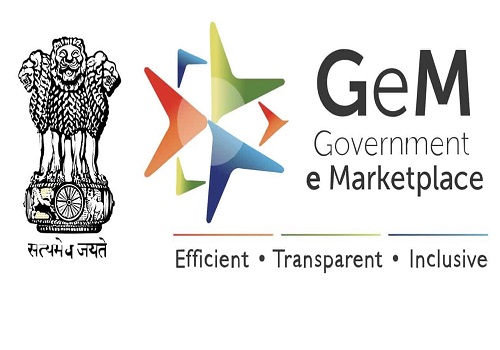


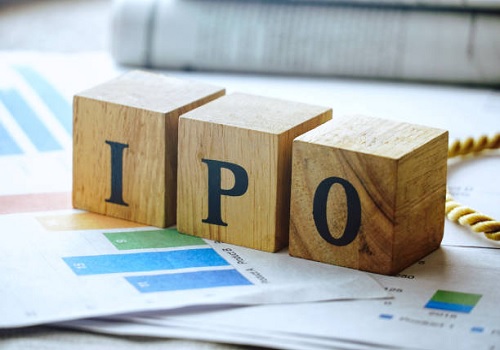



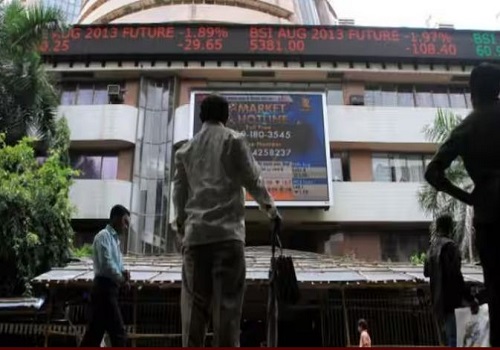
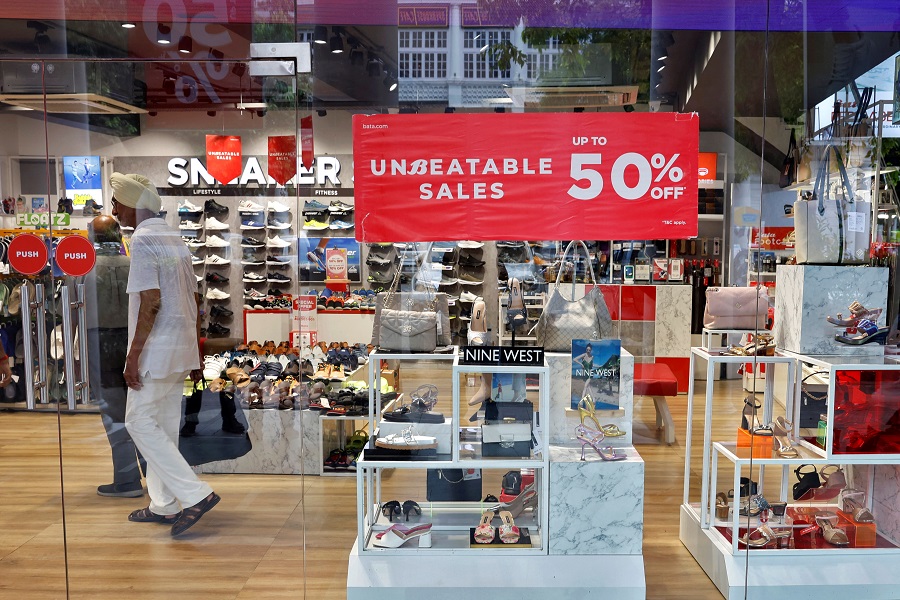


 320-x-100_uti_gold.jpg" alt="Advertisement">
320-x-100_uti_gold.jpg" alt="Advertisement">

